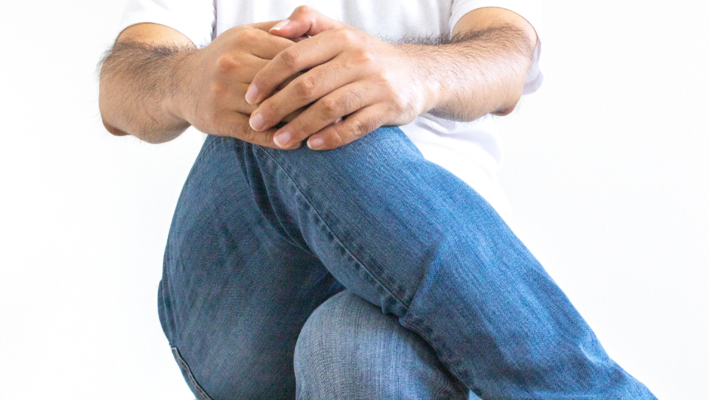Did you know? Sitting cross-legged can harm your health.
Health News
Did you know? Sitting cross-legged can harm your health.
Sitting cross-legged is a posture that many people like to use, whether in meetings, classrooms, or at home. Although it looks comfortable and natural, sitting cross-legged for a long time has more health impacts than you might think. When you sit cross-legged, one leg is raised and crossed over the other, causing one hip to lift and the other to lower. This causes the torso to twist, resulting in a tilted and twisted spine, which can potentially harm your health.
Problems that occur when sitting cross-legged for a long time- Thigh enlargement: Many people who like to sit cross-legged for a long time may notice that their thighs are getting bigger than usual, even though they have the same body weight. This is due to the blood vessels in the thigh being compressed, causing poor blood circulation and leading to fat accumulation in the thigh area, making the thighs larger.
- Numbness and leg pain: Sitting cross-legged can also contribute to these symptoms. When nerves and blood vessels are compressed, it forces the heart to work harder to pump blood to various parts of the body, which may result in insufficient blood flow, causing numbness in the thighs.
- Varicose veins: This can result from standing or sitting in the same position for long hours, such as sitting cross-legged, and from the constant tension in the veins, eventually leading to varicose veins. This condition is commonly found in women aged 40-50.
- Back pain: Sitting cross-legged is an unbalanced posture, as it repeatedly shifts the weight to one side for long periods, directly affecting the back. This can cause spinal deformities, curvature, and even degenerative disc disease.
- Use the leg stretch and cross leg posture instead of sitting cross-legged or crossing one leg over the other, as this posture does not unbalance the hips as much as sitting cross-legged with one leg raised.
- Whether sitting cross-legged or in any cross-legged posture, you should not sit continuously for long periods. Change your sitting position every half hour.
- If you must sit cross-legged or cross-legged, switch legs every half hour to prevent one leg from being compressed for too long, reducing the risk of nerve compression. However, this is still not the correct posture.
- Regularly stretch and strengthen your back and core muscles, such as doing plank exercises or various sit-ups to strengthen the muscles that work hard when sitting cross-legged. When the muscles are stronger, the side effects of sitting cross-legged will be reduced.
Avoid sitting cross-legged, or try to switch legs frequently if you must, and get up and walk outside to allow normal blood circulation. Exercising your thigh muscles can help alleviate these symptoms. Making small changes in your sitting posture can significantly reduce health risks. Start taking care of your health today for a better future.

Follow Our Social Network


